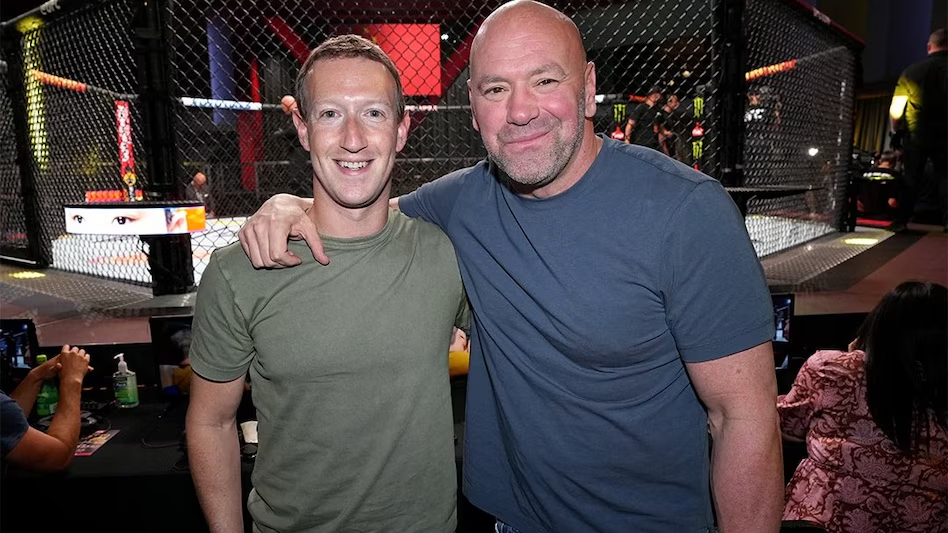Many companies today face a familiar skills and talent management challenge: Some divisions are overwhelmed, while others have excess capacity. The traditional response? Hire for the busy areas, potentially lay off from the quiet ones and hope the market stabilizes.
But forward-thinking organizations are discovering a more strategic approach—one that uses skills data to treat their workforce like players in a dynamic chess game.
“You can move [employees with needed skills] like on a chess board so that you maximize productivity, you maximize innovation, you maximize creativity—so that you can drive your business strategy forward,” says Kimberly Bowen, senior vice president of talent and inclusion at employee benefits provider Unum, describing her company’s approach to skills-based workforce management.
‘Heat map of skills’
Imagine having a real-time visualization of every capability across your organization. Not job titles, not departments, but actual competencies. Bowen describes this as “almost like a heat map of skills” that reveals hidden potential and unexpected connections across the business.
This approach proved its value when Unum needed to rapidly shift resources between business lines during the pandemic. Instead of seeing separate silos, leadership identified that claims processing capabilities were fundamentally similar, whether applied to dental benefits or disability coverage.
The result? Nearly 400 employees successfully transitioned into new divisions to meet urgent business needs while maintaining their career progression.
“Rather than impact this group of people, [we said] ‘Let’s redeploy them into another area,’ ” Bowen says. “They don’t have the specific knowledge, but they’re utilizing the same competencies.”
This skills-first thinking fundamentally changes how organizations approach talent challenges. Instead of automatically reaching for external recruitment, Bowen says, smart companies are first asking: What capabilities do we already have, and how can we optimize them?
Bowen points out that HR leaders don’t necessarily need to compete for scarce external talent when they might already have the capabilities they need in a different context.
“We make better decisions around build versus buy when we think in terms of skills,” she says. “Sometimes, people just have abilities that we aren’t necessarily using, and we could actually put them in roles or areas of the company where they would be able to utilize those talents to have a different impact on our results.”
Tech creates skills opportunities
The emergence of AI and automation isn’t eliminating the need for human capabilities—it’s amplifying their importance while changing how they’re applied. “Everybody has to be a technologist now,” Bowen says. “We are being tasked with really understanding how we can leverage technology within those people strategies.”
This technological shift creates new opportunities for talent deployment and accelerates the need for strategic workforce planning. As routine tasks become automated, human capabilities can be redirected to higher-value work. Bowen says the key is understanding which competencies transfer effectively and which require development.
Unum is preparing for the next phase with its “career architecture” approach, reshaping roles and workflows to combine human skills with new technologies. Bowen emphasizes that HR leaders should consider how features included in enterprise platforms change roles, internal mobility and career growth.
Perhaps most significantly, skills-based approaches are accelerating career development in ways that benefit both employees and organizations. Bowen says the old model of waiting decades for advancement opportunities is giving way to competency-based progression. “Ten years ago, employees largely had to figure out on their own what they needed to advance,” Bowen says. Back then, the solution was often going back to school to earn additional degrees.
Today, many forward-thinking organizations take a more targeted and immediate approach. Bowen notes that at Unum, employees take specific courses, earn certifications, work on special projects and join agile teams by cultivating the right capabilities.
This creates a win-win dynamic. Employees see clearer, faster paths to growth, while organizations can develop internal talent more efficiently than hiring externally.
Skills lead to strategic agility
The implications go beyond internal career growth and affect how organizations assess external candidates. Bowen suggests that focusing solely on traditional experience may miss the qualities that truly drive success. She emphasizes that abilities like influencing others, managing conflicts and adapting quickly often matter more than the number of years in a particular role.
To put this philosophy into practice, Unum is piloting “tryouts”—interview processes that have candidates demonstrate competencies rather than discuss them.
“Don’t just talk to me about what you can do, show me,” Bowen says, drawing inspiration from how sports and entertainment industries evaluate talent.
Bowen’s approach isn’t just about operational efficiency; it’s about strategic agility. In an era of rapid market changes, regulatory shifts and technological disruption, organizations need the ability to reallocate their most valuable resource: human capability.
The future of work is now
“The future of work started with COVID,” Bowen says. “Anybody who thinks the future of work is coming, I think they’re behind—because it’s here, it’s now, it’s today.”
Companies that can use skills data to rapidly identify and redeploy talent will have advantages over those locked into rigid organizational structures, says Bowen. They’ll be able to respond faster to market opportunities, adapt more quickly to disruptions and maximize the return on their talent investments.
For organizations interested in adopting skills-based approaches, Bowen’s advice is pragmatic: Begin before you have all the answers. “Progress over perfection,” she says. “We just have to get started. We know we’re probably not going to get it right out of the gate, and we may have to pivot, make some changes, make some tweaks—but that’s OK.”
Source – https://hrexecutive.com/the-skills-chess-game-how-unum-is-redeploying-talent-in-real-time/




















